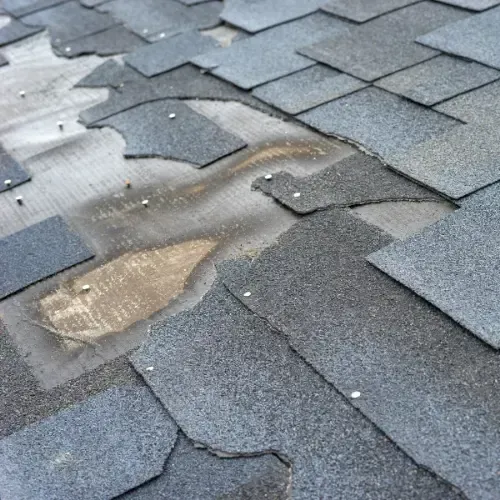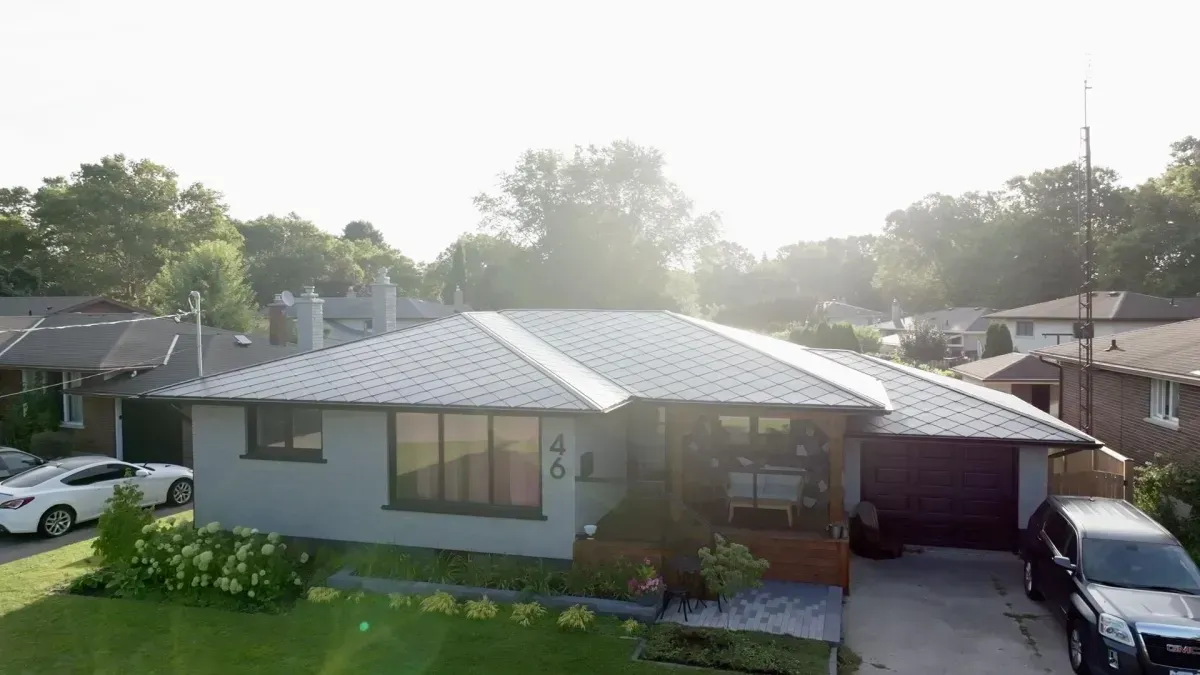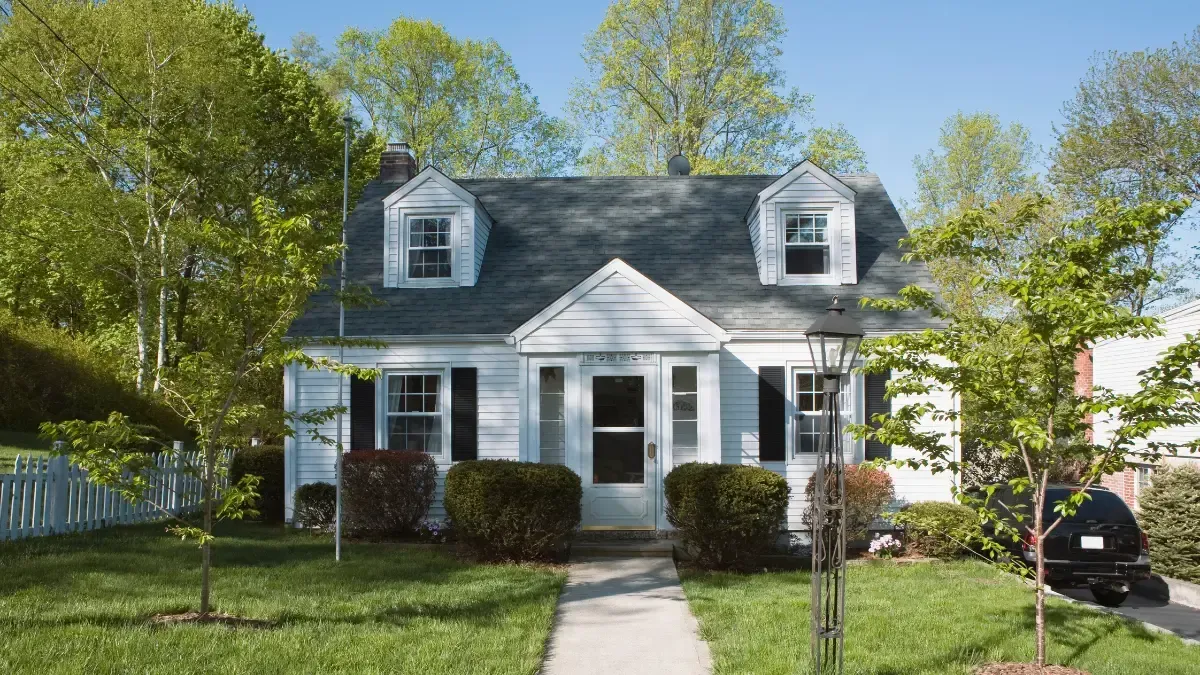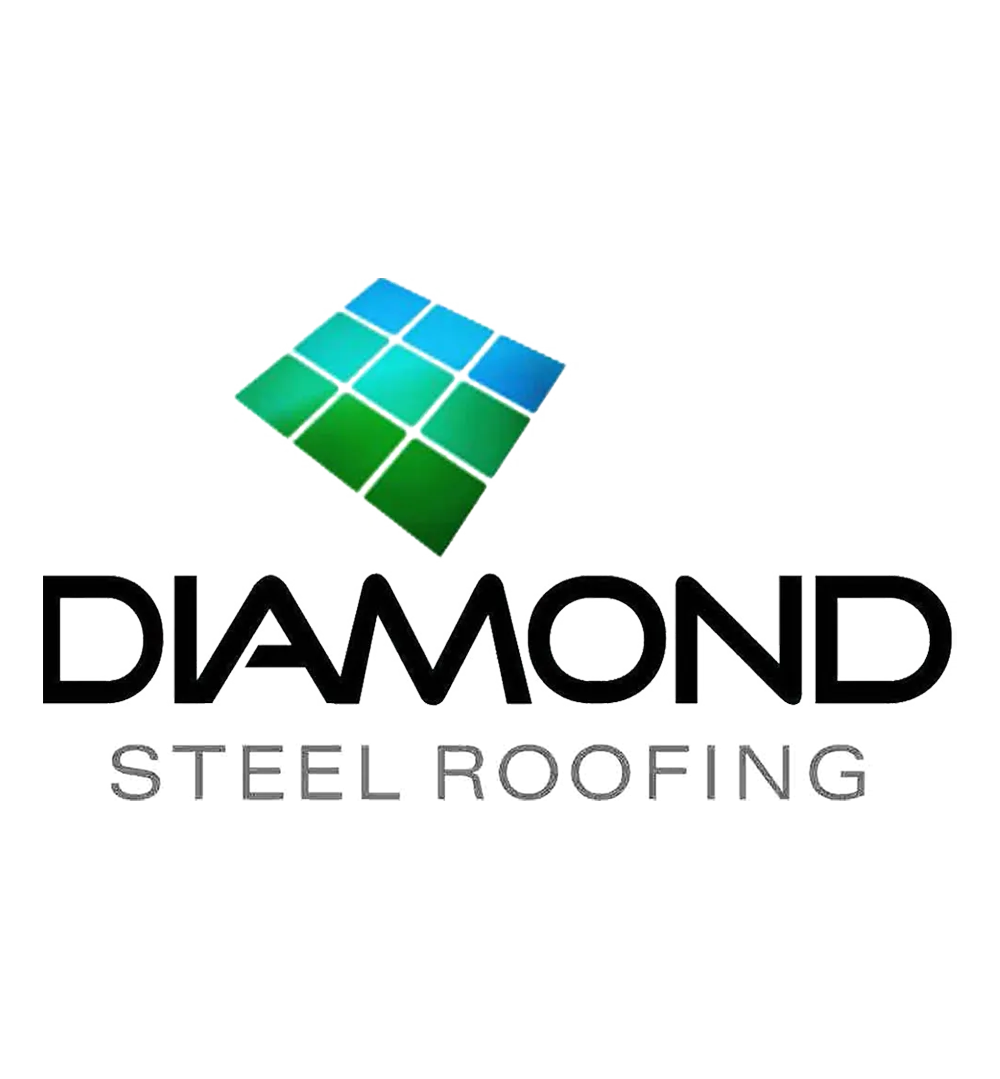Metal Roof vs. Shingles
Which Is Better for Your home, Business and Your Customers: metal or Asphalt?
When a homeowner asks “Should I go with a metal roof or asphalt shingles?”, your answer can shape their perception of your expertise, and affect the profitability of the job. Both materials have their place, and as a professional roofer, it’s your job to explain the pros and cons clearly.
Here’s a no-nonsense comparison to help you guide your customers and pick the right jobs for your crew.
Cost: The First Question Customers Ask
Most homeowners are budget-conscious. On average:
Asphalt roofing shingles: Still the most affordable option upfront. Typical installed cost: $4–$8 per square foot.
Metal shingles: Carries a premium price tag. Typical installed cost: $8–$14 per square foot.
If your customer is planning to sell in a few years or is on a tight budget, asphalt shingles are usually the better fit. If they plan to stay long-term and want durability, metal may be worth the investment.
Pro tip:
Don’t underprice metal roofs. Factor in the extra labor, tools, and time required — and educate customers on why it costs more.

Lifespan: 20 Years vs. 50 Years (or More)
Here’s where metal shines:
Asphalt shingles: 15–25 years, with regular maintenance.
Metal roofing: 40–70 years, with minimal upkeep.
If the customer values longevity and low maintenance, metal is the clear winner. If they’re okay replacing the roof once or twice during their ownership, asphalt shingles are fine.
Asphalt Shingles
20 YEARS
Metal Roofing
50 YEARS
Installation of Metal Shingles vs. Asphalt Shingles
Asphalt roofing shingles are faster and easier to install — and your crew probably already has plenty of experience with them. Metal roofs take more skill and more time, especially on complex roofs.
Asphalt shingles: Can usually be completed in 1–3 days.
Metal shingles: May take 2–5 days, depending on size and complexity.
Pro tip:
If you don’t regularly install metal roofs, make sure your crew is properly trained. Mistakes on metal are harder (and costlier) to fix than on shingles.
Durability and Weather Resistance
Asphalt roof: Can be damaged by high winds, hail, and extreme temperature swings.
Metal roof: Highly resistant to wind, fire, and impact. Also sheds snow and ice better in cold climates.
In hurricane-prone areas, or where hailstorms are frequent, metal is often worth the higher upfront cost for homeowners.



Curb Appeal: Not Just About Looks
Some homeowners love the clean, modern look of metal roofing — others think it feels “industrial.” Meanwhile, asphalt shingles still dominate in most suburban neighborhoods, and many HOAs prefer them.
As a roofer, offer photos of your past work to help customers visualize. Sometimes it’s less about what’s better, and more about what fits the style of the home and neighborhood.


Comparing Metal and Asphalt Shingles at a Glance
| Feature | Metal Roof | Asphalt Shingles |
|---|---|---|
| Upfront Cost | Higher ($8–$14 per sq ft installed) | Lower ($4–$8 per sq ft installed) |
| Expected Lifespan | 40–70 years | 15–25 years |
| Maintenance | Minimal | Moderate (may need repairs after storms) |
| Weather Resistance | Excellent — wind, hail, fire resistant | Good — but can be damaged by wind and hail |
| Installation Time | Longer — requires skilled crew | Faster — most crews are experienced |
| Weight on Structure | Lightweight | Heavier |
| Curb Appeal | Modern and sleek look | Traditional and widely accepted |
| Energy Efficiency | Reflective, cooler in summer | Absorbs heat, warmer in summer |
| Warranty | 30–50 years | 10–15 years |
Which Should You Recommend?
The answer is: it depends. 😅
Recommend traditional shingles when:
Budget is the main concern.
The customer plans to sell within 10–15 years.
The neighborhood is dominated by shingle roofs.
Recommend metal shingles when:
The customer wants a “forever roof.”
Durability and weather resistance are priorities.
They value low maintenance.
STILL NOT SURE?
Frequently Asked Questions About Metal Shingles vs. Asphalt Shingles
We’ve heard it all before, and we’ve got the answers to help you guide your customers.
Which option is more energy-efficient?
Metal roofs reflect sunlight and help keep homes cooler in hot weather, which can lower energy bills. Shingles tend to absorb heat but are easier to replace in small sections and still perform well in moderate climates.
Are metal roofs noisy during rain or hail?
It’s a common concern, but with proper underlayment and attic insulation, a metal roof is no noisier than shingles. Be sure to use quality materials and correct installation techniques to minimize sound.
Which roof type has better resale value?
Metal roofs often improve a home’s perceived value thanks to their longevity and durability. That said, shingles remain more common and appeal to a wider pool of buyers in many neighborhoods.
How do warranties compare?
Metal roofs usually come with longer warranties — often 30–50 years — because they’re more durable. Shingle warranties tend to range from 10–15 years and require more routine maintenance.
Does climate matter when choosing a roof?
Yes. Metal roofs are ideal in snowy, fire-prone, or hurricane-prone regions because they shed snow and resist wind and fire better. Shingles are more common in temperate areas and often meet HOA requirements more easily.
Can metal roofs lower insurance costs?
In some regions, yes. Because metal roofs are fire-resistant and withstand extreme weather better, they can sometimes earn discounts on homeowners’ insurance. Check with local insurers for specifics.
Our Preferred Metal Shingle is Diamond Steel
When it comes to metal roofing, we work with the best
Now that you’ve seen how metal stacks up against asphalt, it’s time to focus on the system we trust most: Diamond Steel Shingles. If you’re serious about offering metal, Roofing University will show you exactly how to install, sell, and succeed with Diamond.

Discover why Diamond Steel Shingles are considered the top-tier metal roofing solution in North America.
They don’t just outperform the competition. They redefine what contractors should expect from a metal shingle. That’s exactly why Roofing University and Best Damn Roofer have partnered with Diamond Steel to deliver real-world results, tested performance, and practical training to roofers who want to do the job right.

Copyrights 2025 | Roofing University™ | Terms & Conditions
